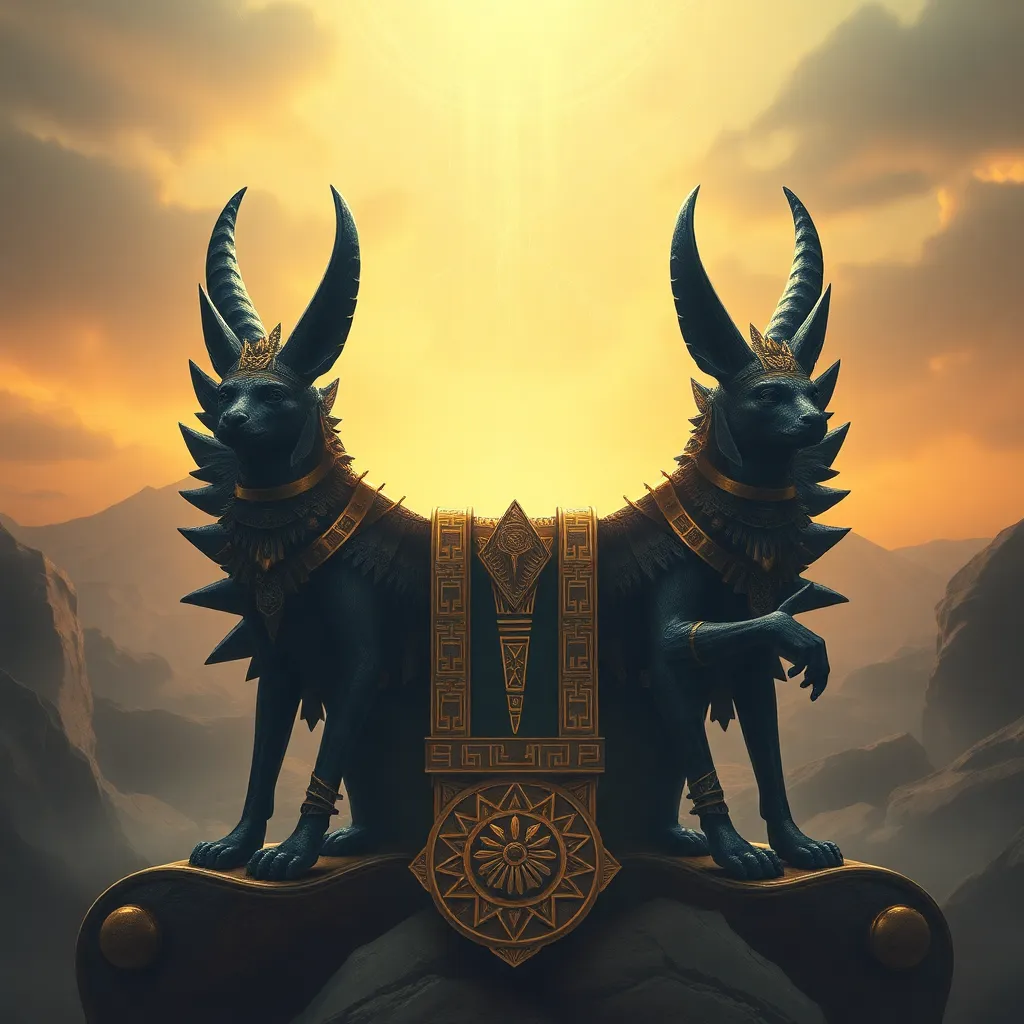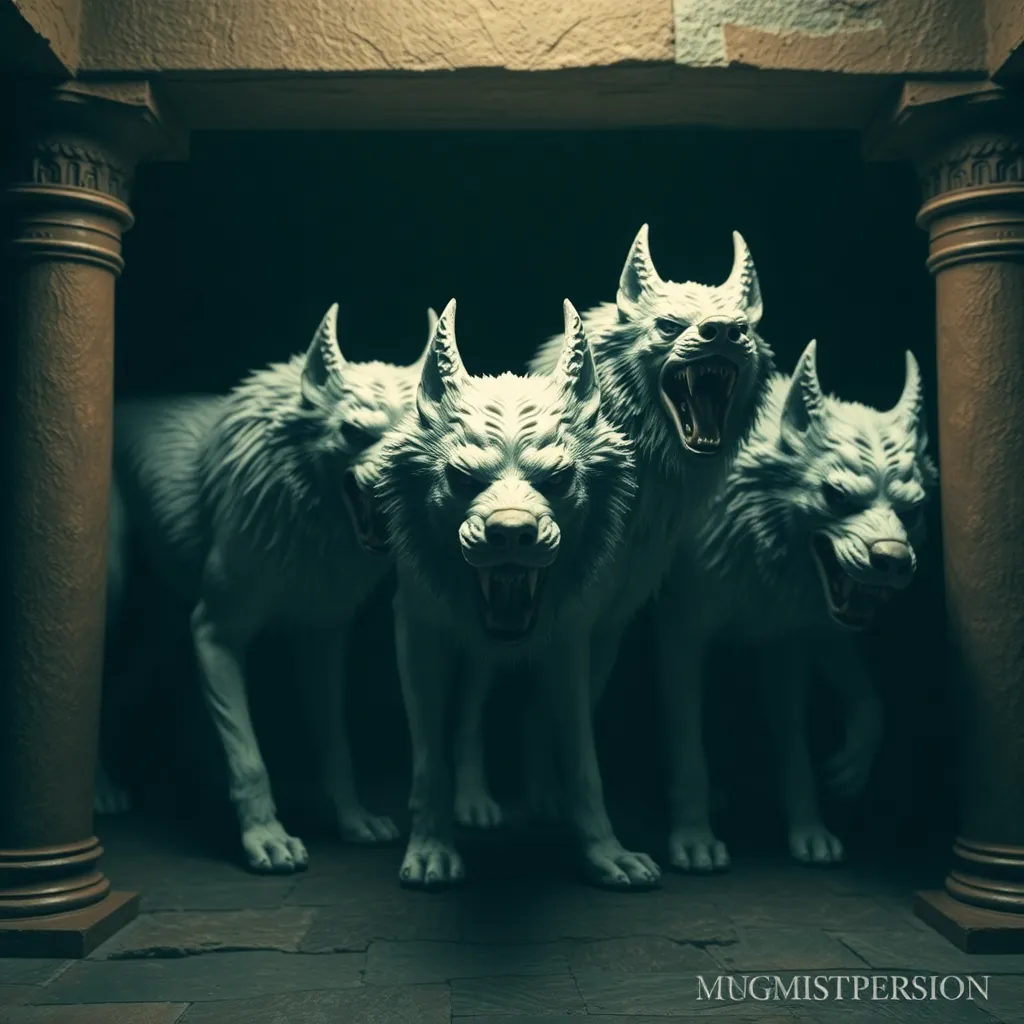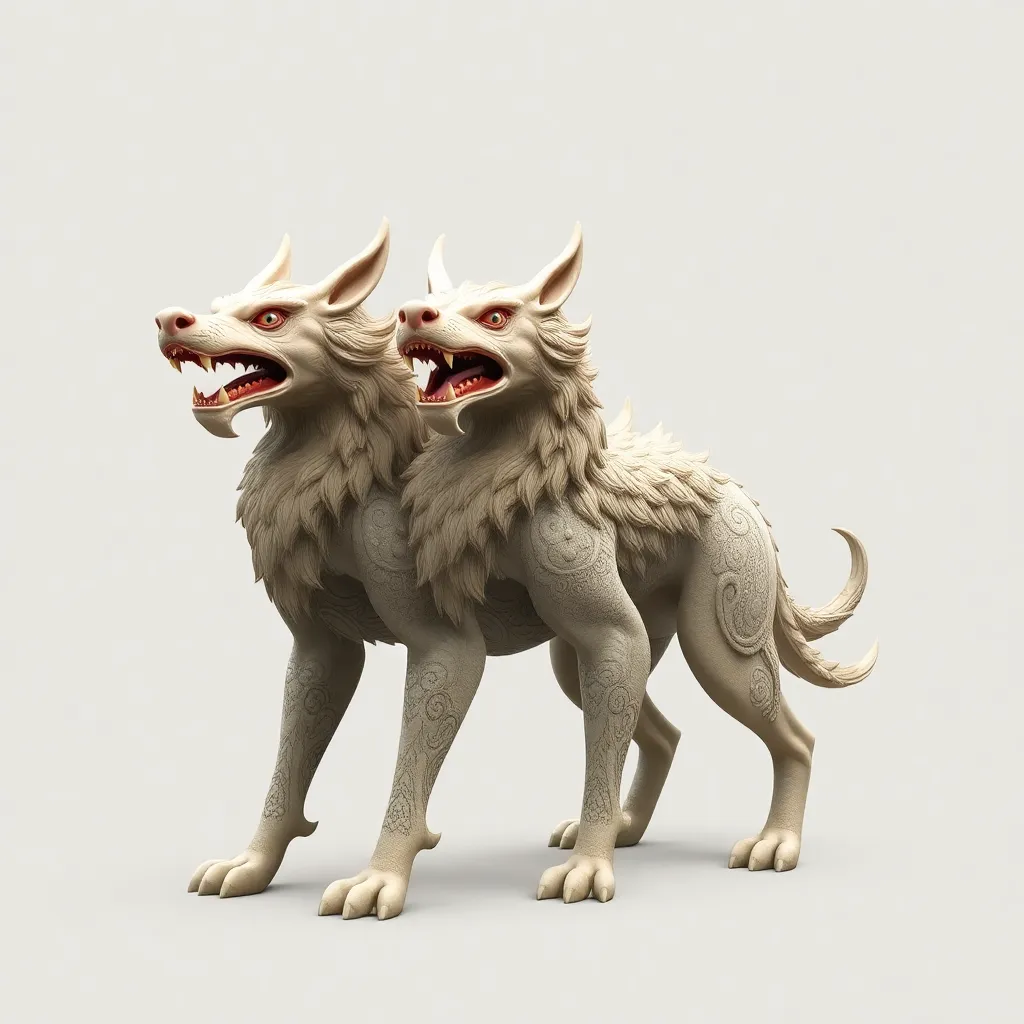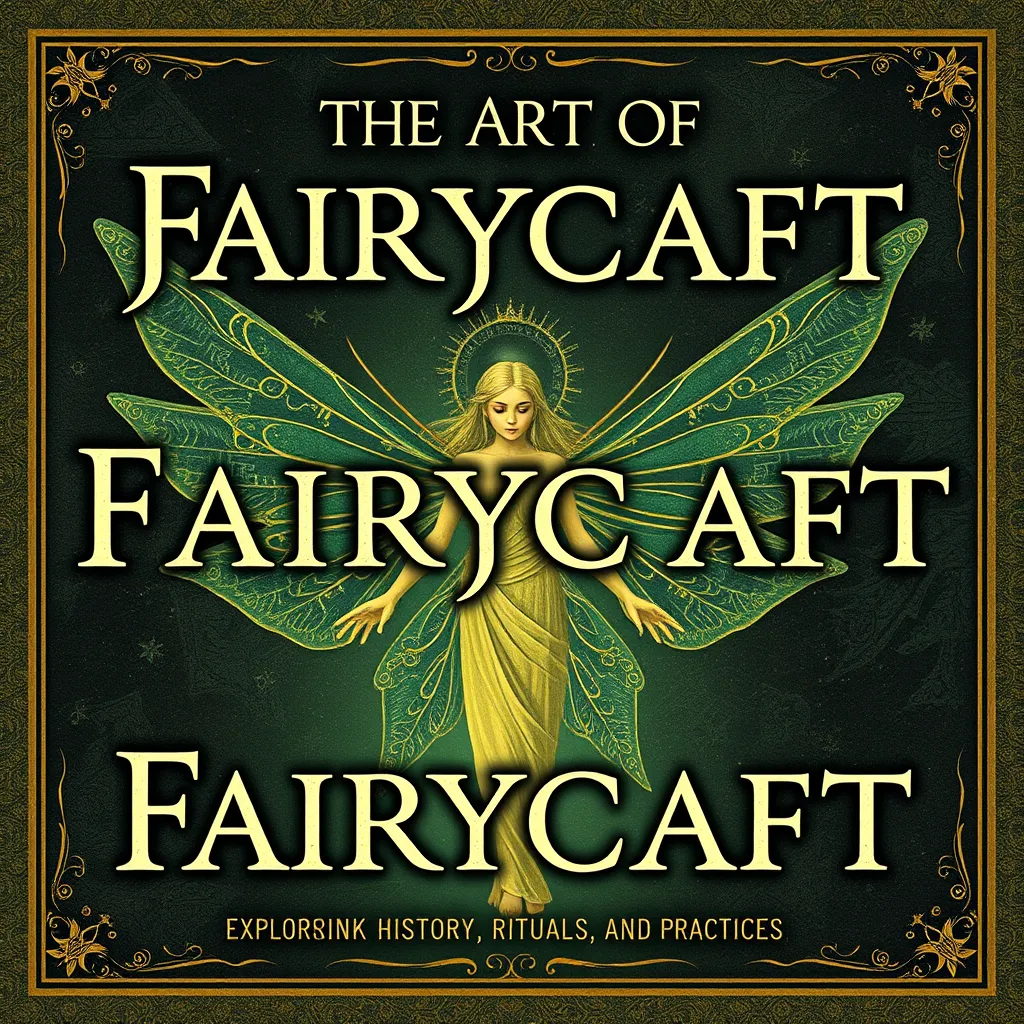The Anubis Mythology: A Deep Dive into the God’s Story
I. Introduction to Anubis
Anubis stands as one of the most recognizable deities in ancient Egyptian religion, revered as the god of the afterlife and mummification. His presence permeates various aspects of Egyptian mythology, offering guidance and protection to souls navigating the treacherous realm of the dead.
The significance of Anubis stretches far beyond mere worship; he embodies the ancient Egyptians’ beliefs about death, the afterlife, and the moral judgments that follow one’s earthly existence. This article will explore the multifaceted story of Anubis, tracing his origins, iconography, functions, and enduring legacy.
II. The Origins of Anubis
The worship of Anubis dates back to the early days of ancient Egyptian civilization. Understanding his origins requires a look into the historical context of pre-dynastic Egypt, where the foundations of his mythology were laid.
A. Historical Context of Anubis’ Worship
Anubis was primarily associated with funerary practices, which were crucial in a culture that placed great importance on the afterlife. His worship can be traced back to the early dynastic period, around 3000 BCE, where he was often depicted in early tomb paintings and artifacts.
B. Anubis in Pre-Dynastic Egypt
In pre-dynastic times, Anubis was likely a local deity, revered in specific regions of Egypt. His role gradually expanded as the belief in the afterlife became more standardized across the kingdom.
C. Evolution of Anubis’ Depiction Over Time
Over the centuries, Anubis’ depiction evolved from a simple jackal to a more complex representation, often shown as a man with a jackal’s head. This transformation mirrored the changing beliefs and practices surrounding death and the afterlife in ancient Egypt.
III. Anubis’ Iconography
The iconography of Anubis is rich and varied, symbolizing his dual role as both protector and guide for the dead.
A. Physical Representation: Jackal Head and Human Body
Anubis is primarily depicted as a man with the head of a jackal. The jackal was chosen for its association with cemeteries, where these animals were often seen scavenging. This representation serves to highlight his role as a guardian of the dead.
B. Symbols Associated with Anubis
- Scales: Representing the weighing of the heart, a crucial judgment in the afterlife.
- Funeral Mask: Symbolizes protection during the mummification process.
- Black Color: Represents fertility and rebirth, echoing the rich soil of the Nile.
C. Artistic Depictions in Tombs and Temples
Anubis is often depicted in tombs and temples performing various rituals. These depictions serve not only as art but also as a means to invoke his protection for the deceased on their journey into the afterlife.
IV. Anubis’ Functions and Responsibilities
Anubis held various functions within the realm of the afterlife, each emphasizing his importance in Egyptian belief systems.
A. The Role of Anubis in the Afterlife
As the god of the afterlife, Anubis was tasked with overseeing the mummification processes and ensuring the deceased were properly prepared for their journey to the underworld.
B. Guardian of the Underworld
In addition to his role in mummification, Anubis served as a guardian of the underworld, deterring malevolent forces from hindering the souls of the departed.
C. The Weighing of the Heart Ceremony
One of Anubis’ most significant duties was presiding over the Weighing of the Heart ceremony, where the heart of the deceased was weighed against the feather of Ma’at. This ceremony determined the soul’s fate in the afterlife.
V. Myths and Legends Involving Anubis
Anubis features prominently in various myths and legends, showcasing his integral role in Egyptian storytelling.
A. Anubis and the Osiris Myth
In the myth of Osiris, Anubis plays a crucial role in the resurrection of Osiris after his murder by Set. Anubis is credited with embalming Osiris, which allowed him to become the ruler of the afterlife.
B. Anubis’ Relationship with Other Deities
Anubis often interacted with other deities, particularly Isis, the goddess of motherhood and magic. Together, they worked to protect the deceased and ensure safe passage into the afterlife.
C. Stories of Anubis’ Interventions in Mortal Affairs
Numerous tales recount how Anubis intervened in human affairs, offering protection or guidance to those who honored him through rituals and offerings.
VI. Anubis in Ancient Egyptian Rituals
The rituals surrounding Anubis were deeply embedded in ancient Egyptian funerary practices, highlighting the belief in his protective and guiding nature.
A. Funerary Practices Involving Anubis
During funerals, Anubis was invoked to ensure that the deceased was properly prepared for the afterlife. This included the mummification process, which was believed to preserve the body for eternity.
B. Anubis as a Guide for Souls
In various rituals, Anubis was seen as a guide for souls navigating the afterlife, leading them to the Hall of Judgement where their hearts would be weighed.
C. Rituals and Offerings to Anubis
Offerings of food, drink, and incense were commonly made to Anubis to appease him and seek his favor. These offerings were an essential part of the funerary rituals, reflecting the deep respect for the god.
VII. The Legacy of Anubis in Modern Culture
The legacy of Anubis extends beyond ancient Egypt, permeating modern culture and media.
A. Anubis in Popular Media and Literature
Anubis has appeared in various forms of popular media, including films, books, and video games, often depicted as a symbol of mystery and the afterlife.
B. Contemporary Interpretations and Symbolism
In contemporary times, Anubis symbolizes the eternal connection between life and death, often used in art and literature to explore themes of mortality.
C. The Resurgence of Interest in Egyptian Mythology
The rise of interest in Egyptian mythology has led to a renaissance in the study and appreciation of deities like Anubis, reflecting humanity’s enduring fascination with the afterlife.
VIII. Conclusion
Anubis remains a vital figure in ancient Egyptian culture, representing the complexities of death and the afterlife. His role as protector and guide underscores the importance of these concepts in the lives of ancient Egyptians.
Through this exploration of Anubis’ mythology, we see how deeply intertwined his story is with the beliefs and practices of an entire civilization. The enduring nature of Anubis’ mythology serves as a reminder of the universal human concern with mortality and the afterlife.
As we reflect on Anubis today, we recognize not only his historical significance but also the timeless themes he represents, continuing to inspire modern interpretations and discussions about life, death, and what lies beyond.



